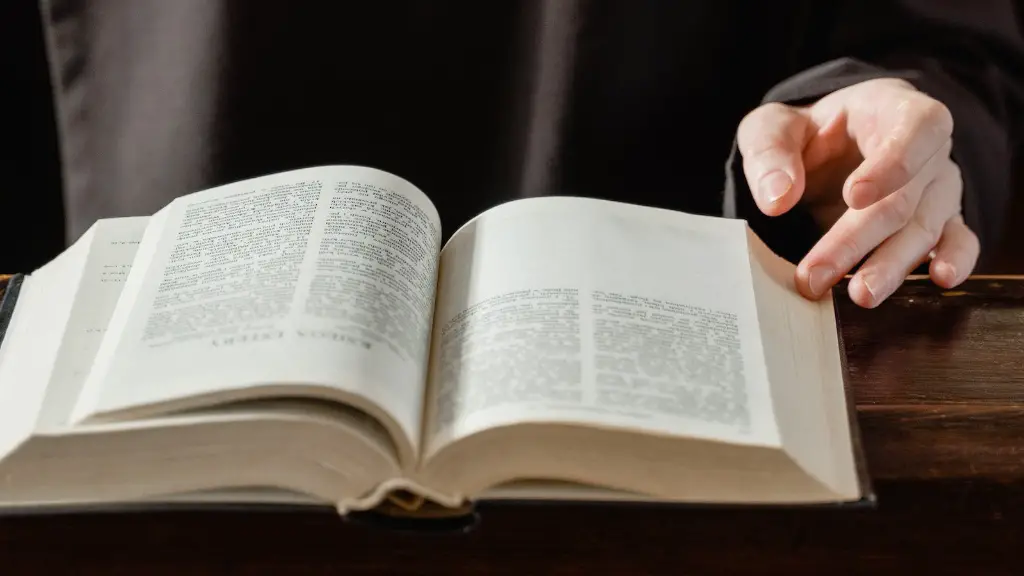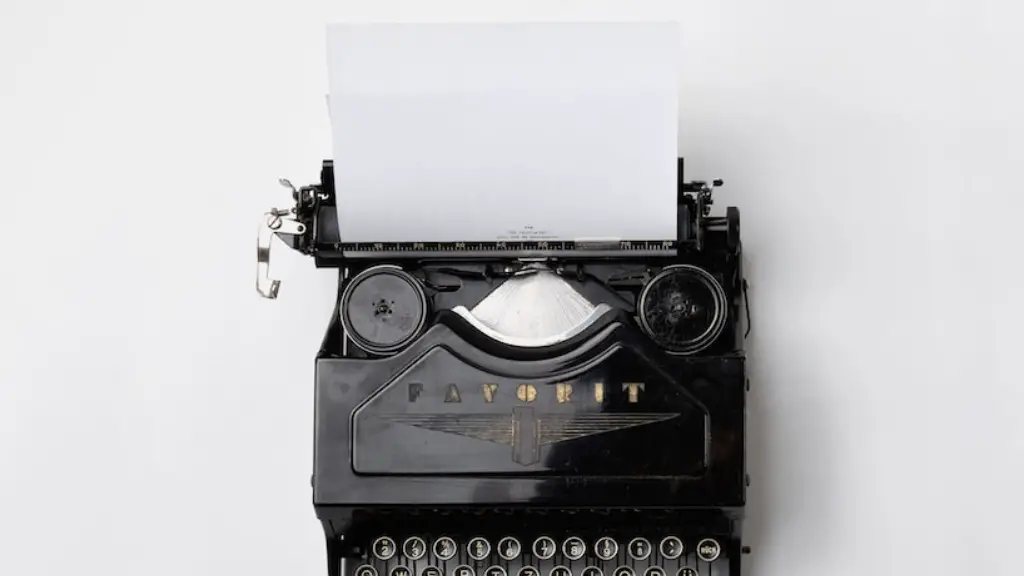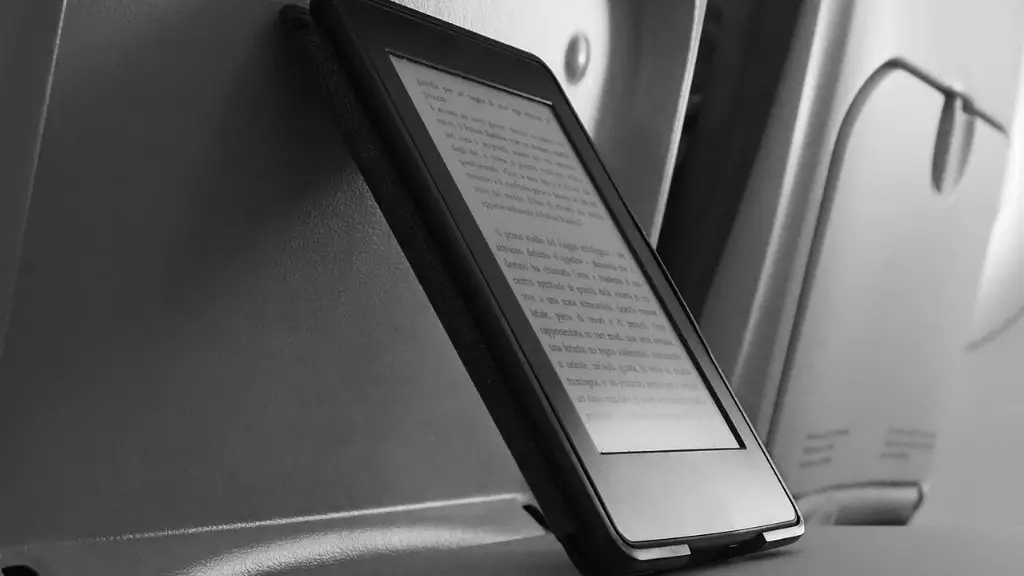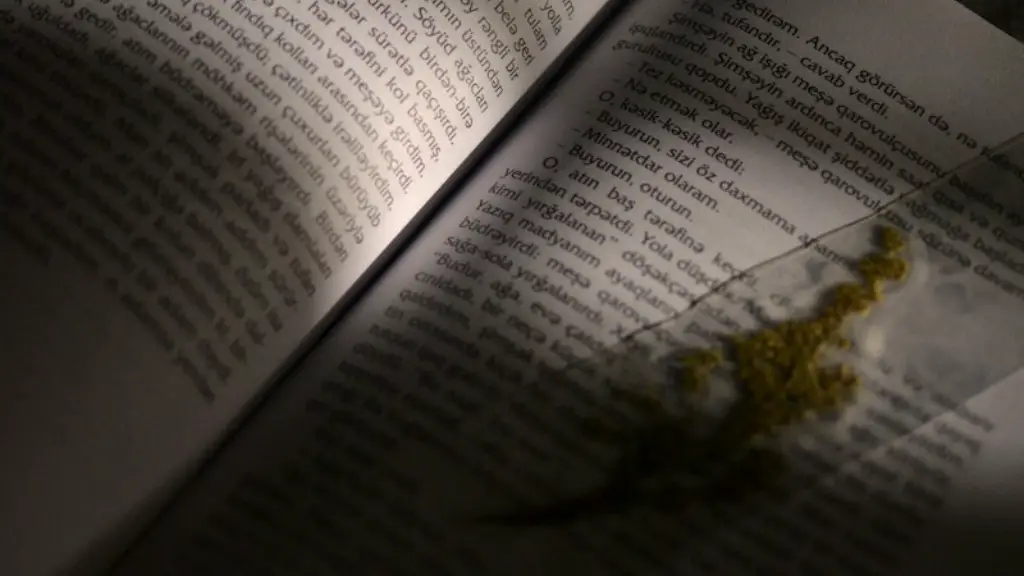Emily Dickinson is one of the most important American poets of the 19th century. She was a highly original thinker and writer, who explored many different themes in her work. Dickinson was also a great experimenter with form and language, creating new ways to express her ideas. As a result, she wrote a huge variety of poems, on subjects ranging from nature and love, to death and religion.
There are many different types of poems written by Emily Dickinson. Some are short, some are long, some are funny, some are sad, and some are serious.
What are the main features of Emily Dickinson poetry?
Emily Dickinson’s poems often employ short stanzas, mostly quatrains, with short lines. This gives her poems a concise and direct quality. Other stanzas employ triplets or pairs of couplets, which can create a more lyrical and flowing effect. A few of her poems employ longer, looser, and more complicated stanzas, which can add a sense of mystery or depth.
Even a cursory glance at her themes reveals an extreme preoccupation with the reality of God, the possibility of faith, the effect of death, the problems of immortality, the nature of the soul, love, passion, pain, social scene and nature. Emily Dickinson was clearly a very thoughtful person, and her poetry reflects her deep consideration of some of life’s most important questions. Her poems offer insights into her own thoughts and feelings on these topics, and provide readers with a chance to consider their own beliefs as well.
What poetic techniques did Emily Dickinson use
Dickinson’s use of imagery, enjambment, and dashes are all ways of creating ambiguity in her poetry. By using these devices, she is able to increase the uncertainty of her already ambiguous subjects. This makes her poetry even more interesting and open to interpretation.
Emily Dickinson’s poetry is unique in that it often straddles the genres of Romanticism and Realism. On the one hand, her poems often contain highly descriptive and emotive language, praising the beauty and nobility of nature. On the other hand, her poems also often deal with more concrete and realistic themes, such as the struggles of everyday life. This combination makes her poetry both accessible and deeply meaningful, resonating with readers of all ages.
What type of literature is Emily Dickinson?
Emily Elizabeth Dickinson was an American poet who is now considered one of the most important figures in American poetry. Little-known during her life, Dickinson’s work was largely unpublished until after her death. Her poems are known for their unconventional style and their focus on personal experience and observation.
Dickinson’s seclusion was both a result of and a contributor to her focus on developing her poetry. Her poems addressed emotional and psychological states such as loneliness, pain, happiness, and ecstasy; death, often personified; religion and morality; as well as love and love lost. In many ways, her poems were ahead of their time in terms of their frankness and openness about previously taboo topics. Because she was not bound by the conventions of her time, she was free to explore whatever topics she pleased in her poetry. This freedom likely contributed to the quality and power of her work.
How did Emily Dickinson define poetry?
Emily Dickinson was one of the most influential poets of her time. Her unique style and perspective has shaped the way we think about poetry today. In this quote, she defines poetry as something that has the power to affect us on a deep, emotional level. It’s not just about pretty words on a page, but about creating a real connection with the reader.
Emily Dickinson was an American poet who wrote during the 19th century. Her work is characterized by its unconventional themes, individualism, transcendentalism, spiritualism, realism, and symbolism. Dickinson is considered one of the most important American poets.
Was Emily Dickinson a romantic or realist
Emily Dickinson is arguably the most known female poet of this literary era. As a Romantic figure, she was influenced by transcendentalism and dark romanticism. Known for bridging the gap to Realism, her works focus on expressing the hidden consciousness of fragmented thoughts. Through her exploration of death and the afterlife, Dickinson sought to comfort readers while raising important questions about the nature of existence. Her poems continue to be read and studied, offering a unique and insightful perspective on the human experience.
Emily Dickinson was a prolific poet who wrote in a wide range of styles and tones. Many of her poems deal with death and suffering, and are quite dark and gloomy. However, she also wrote some lighter poems that read like tiny essays. These poems often explore topics with a cognition above and beyond that of other poets.
What makes Dickinson’s poems hard to understand?
Her poems can be difficult to understand because she uses unconventional grammar, strange vocabulary, and complicated figures of speech. Her subjects are often abstract, and she uses a lot of symbolism and allegory.
Emily Dickinson was known for her creative use of punctuation in her poetry. She often used dashes and other unconventional punctuation marks to create effect and add emphasis. This was part of her unique style that made her one of the most original writers of her time.
What is unique about Emily Dickinson’s style
Emily Dickinson’s writing style is most certainly unique. She used extensive dashes, dots, and unconventional capitalization, in addition to vivid imagery and idiosyncratic vocabulary. Instead of using pentameter, she was more inclined to use trimester, tetrameter, and even dimeter at times. This made her writing style very distinct and easily recognizable.
Dickinson’s poetry reflects the deep influence of the Metaphysical poets of seventeenth-century England. Her reading of the Book of Revelation and her upbringing in a Puritan New England town also shaped her approach to Christianity, which was characterized by a Calvinist, orthodox, and conservative perspective.
Is Emily Dickinson a confessional poet?
Dickinson is certainly a confessional poet, in the sense that her poems are deeply personal and autobiographical. However, her poetry is also highly innovative and experimental, and she is not simply pouring out her own private feelings. In her poems, Dickinson is exploring universal themes and ideas, and she is doing so in a highly original and creative way. As a result, her poems are not simply confessional, but also highly imaginative and thought-provoking.
One of the things that makes Dickinson such a great poet is her ability to take abstract concepts and describe them using concrete images. In many of her poems, she uses material things to explain abstract ideas, but the relationship between them is always complex and unpredictable. This makes her poetry both challenging and rewarding to read, and it’s one of the things that makes her one of the most important writers of our time.
Final Words
There is no one answer to this question as Emily Dickinson wrote in many different styles and forms. However, some of her most famous types of poems include her brilliant slant rhyme poems, as well as her enigmatic poems about death and immortality.
There are many types of poems that Emily Dickinson wrote. Some of her poems are about nature, love, and death. Others are more spiritual in nature. Overall, Emily Dickinson was a very talented poet who wrote about a wide range of topics.





